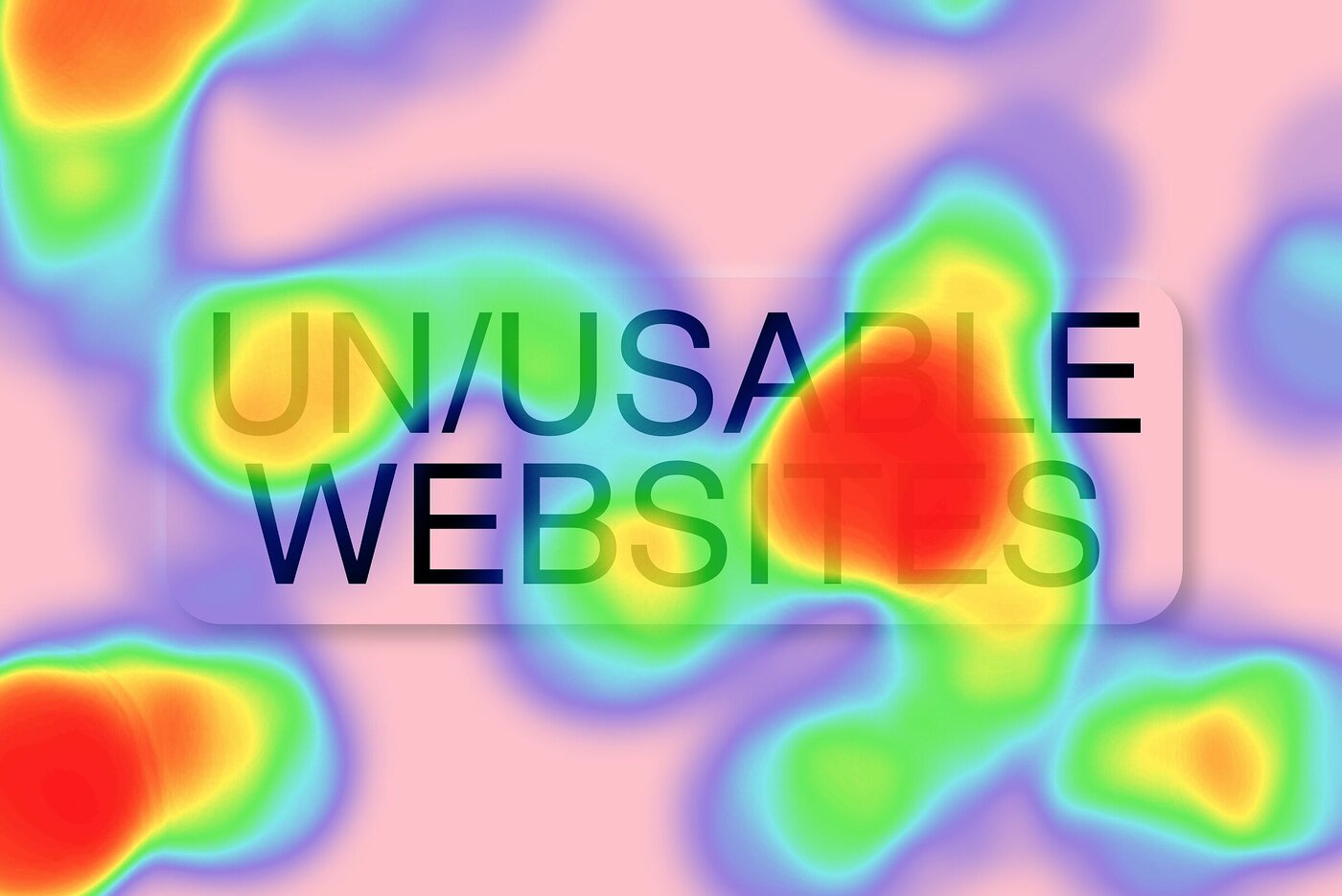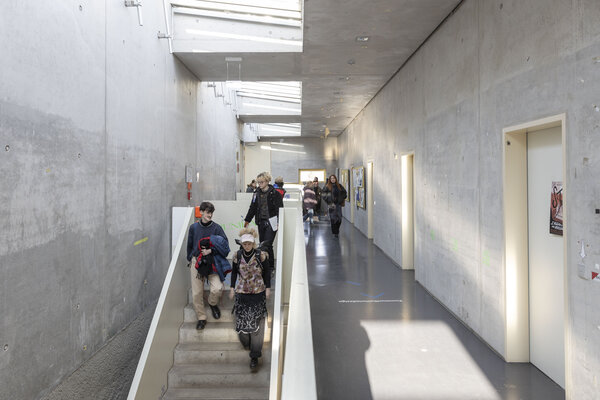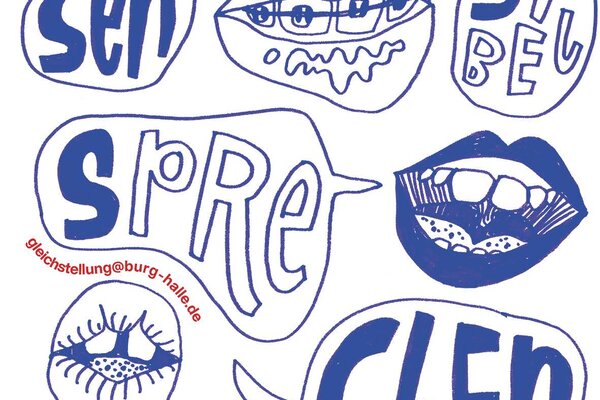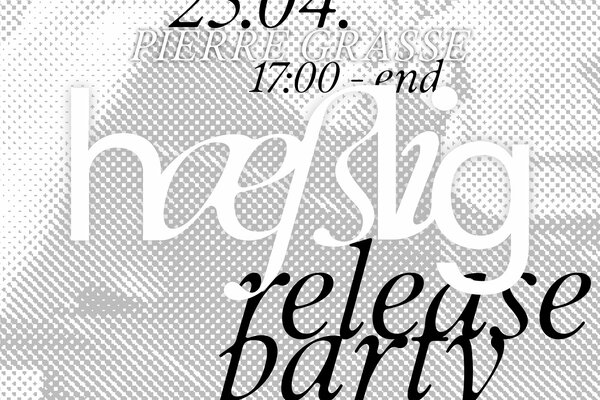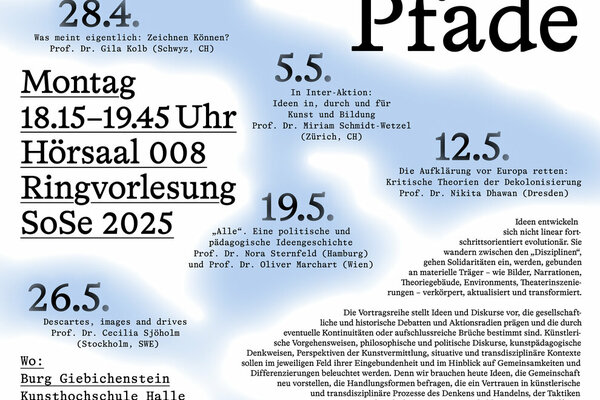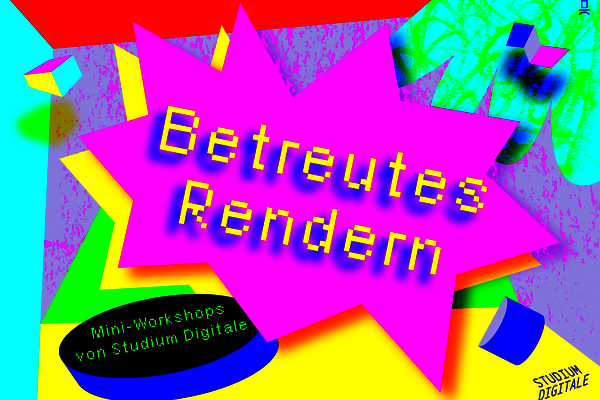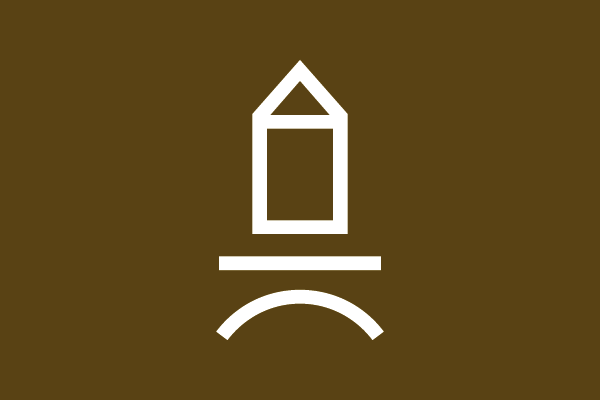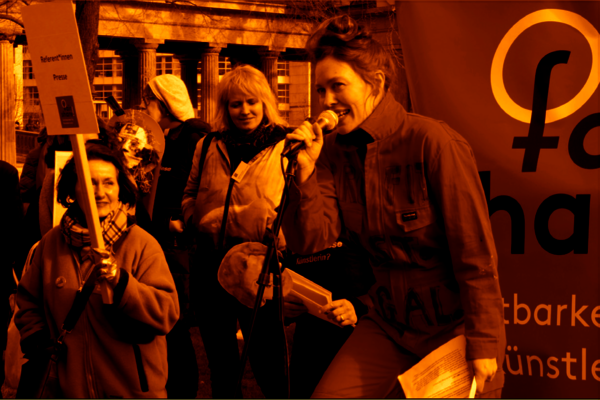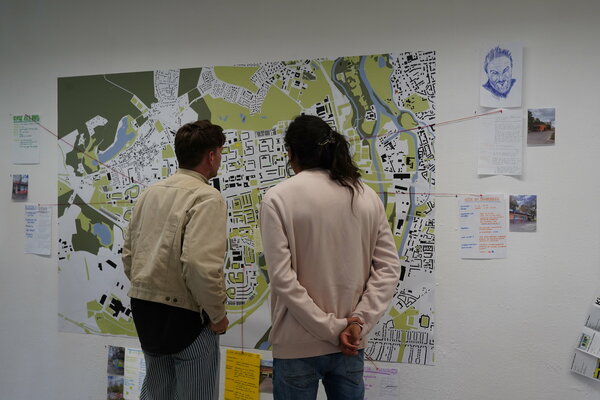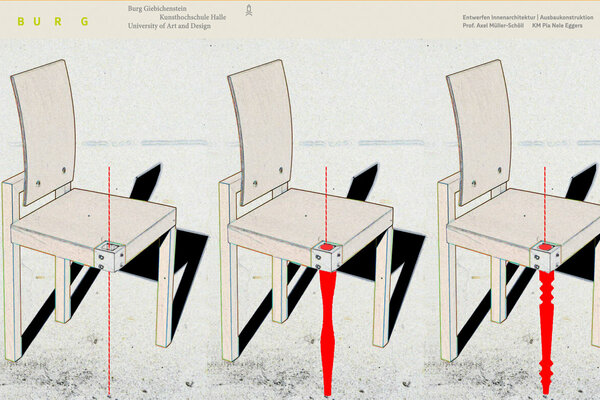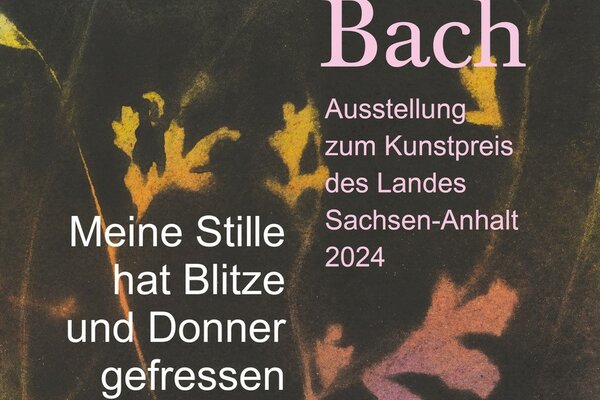EN
If a website is unusable, the content is inaccessible to the user. So usability is something every website needs in some form. There are certain usability rules that one should know, even if it is only to break them. But rather than checking off as many usability guidelines as possible, it could be more useful to ask: For whom and for what purposes should the website be usable?
Usability is defined by effectiveness, efficiency, and satisfaction. But what is the relationship between these aspects? Sometimes it can be more efficient for the sake of raising the user’s interest, to make a website more complicated. Opaque navigation can make the user spend more time on the site. A website doesn’t have to be easy to use if using it creates positive emotions.
How much can we ask of the user? And what do they ask of us? Creating unusable websites can be a compromise or an exploration of the relationship between user and designer. It can be a concession that websites are never finished, that errors and bugs are always part of it. Why not embrace potential failure and choose experimentation over usability?
At the same time, making a website “harder to use” affects different users to a different degree. Issues of accessibility, digital literacy, and inclusiveness have to be considered. Not everything has to be for everyone. But it should be an active decision, whether or not a user gets lost on a website, for whom the site is accessible and if we want to fix or feed the bugs.
The course aims to redefine usability by creating a digital glossary. This will consist of small web experiments exploring different terms, which we will design and code individually or in groups. The course consists of an introduction to basic HTML, CSS, and JS, different inputs, coding sessions, and consultations. No prior coding experience is needed and students with no coding experience are especially encouraged to participate. Different entry points for different experience levels will be provided.
DE
Wenn eine Website „unusable“ ist, ist der Inhalt für die User*in unzugänglich. Usability oder Benutzerfreundlichkeit ist dementsprechend etwas, das jede Website in einer Form braucht. Es gibt bestimmte Usability-Regeln, die man kennen sollte, wenn auch nur, um sie zu brechen. Aber anstatt Usability Guidelines abzuhaken, wäre es vielleicht „of more use“, zu fragen: Für wen und zu welchem Zweck soll die Website benutzbar sein?
Es gibt verschiedene Facetten von Web-Usability: Effektivität, Effizienz, Zufriedenheit. Aber in welchem Verhältnis stehen sie zueinander? Es kann effizienter sein, die Website komplizierter zu gestalten, um das Interesse der Userin zu wecken. Eine undurchsichtige Navigation kann bewirken, dass der User länger auf der Seite bleibt. Eine Website muss nicht unbedingt einfach zu bedienen sein, wenn sie positive Emotionen weckt.
Wie viel können wir von der User*in verlangen? Und was verlangt die User*in von uns? Unusable Websites können ein Kompromiss oder eine Erkundung des Verhältnisses zwischen User*in und Designer*in sein. Und es ist ein Zugeständnis, dass Websites nie fertig sind, dass Fehler und Bugs immer dazugehören. Warum nicht potenzielle Fehler umarmen und das Experimentieren der Benutzerfreundlichkeit vorziehen?
Gleichzeitig ist die Benutzerfreundlichkeit einer Website für unterschiedliche Nutzer*innen in unterschiedlichem Maße verhandelbar. Fragen von digitaler Kompetenz, Barrierefreiheit oder Inklusion müssen berücksichtigt werden. Nicht alles muss für alle gestaltet sein. Aber es sollte eine aktive Entscheidung sein, ob eine User*in sich auf der Website verirrt, für wen die Website accesible ist und ob wir Bugs beheben oder pflegen.
Ziel des Kurses ist es, Usability neu zu definieren, indem wir ein digitales Glossar erstellen. Dieses wir aus kleinen Webexperimenten bestehen, die wir einzeln oder in Gruppen gestalten und coden. Der Kurs besteht aus einer Einführung in die Basics von HTML, CSS und JS, verschiedenen Inputs, Coding Sessions und Konsultationen. Es sind keine Programmierkenntnisse erforderlich. Studenten ohne Programmiererfahrung werden besonders zur Teilnahme ermutigt und es wir verschiedene Einstiegspunkte für unterschiedliche Erfahrungsstufen geben.
